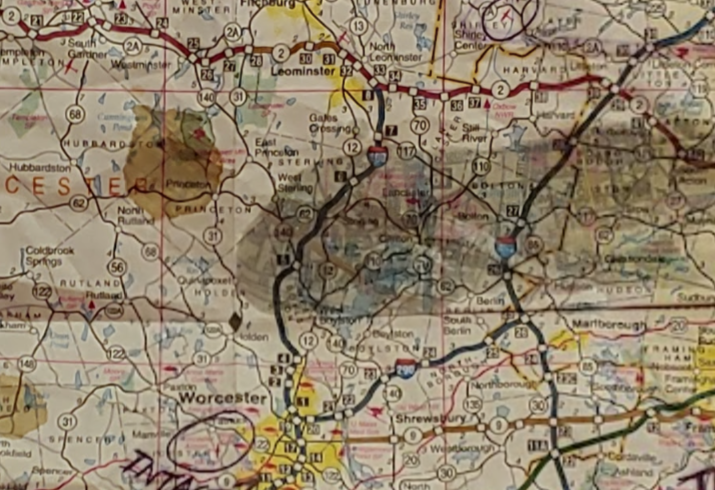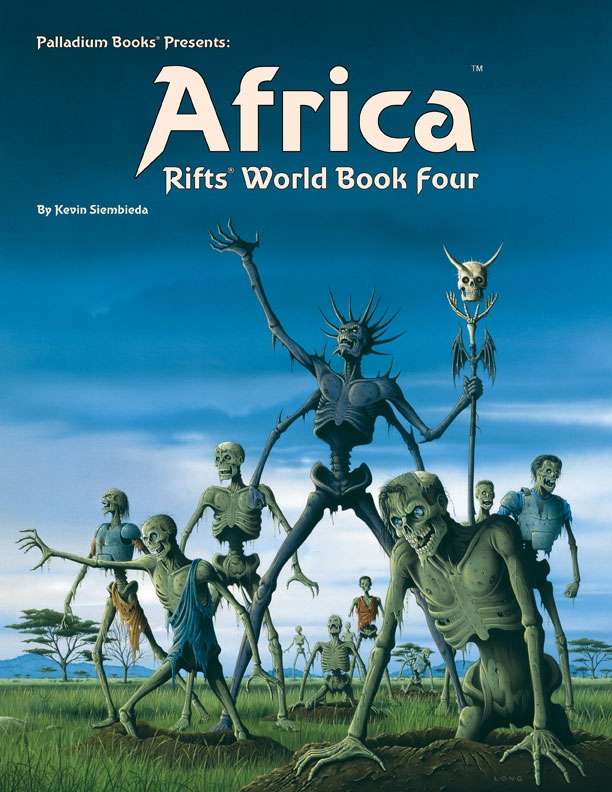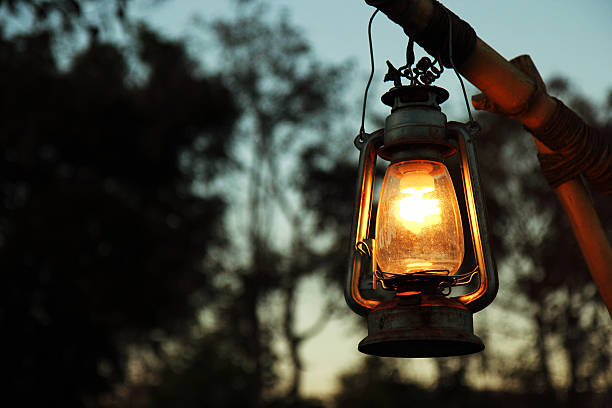As this is my first post in a while, and intended as the first in a series, I'll offer some explanation:
Rulings Not Rules is going to be something similar to my Hacking the Cypher System series. Instead of focusing on system hacks however its going to be where I can take a moment to reflect on off the cuff Rulings I make at my table during play to keep things rolling forward. This is especially useful in the space of my games within the Dungeon Crawl Classics extended family, as there are often times that come up in session where a ruling is needed either to prevent having to check the book, or because the book lacks the required info.
OK, that that out of the way...
Dynamite!
What weird western RPG is complete without some ill advised use of that most iconic of explosives?
Here's the thing with dynamite though. It's tricky, dangerous, and just because its as easy to use as lighting a fuse, doesn't make it idiot proof. Especially when a character wants to use it in the heat of combat at the spur of the moment.
The situation:
A large ritual chamber, the BBEG is working a ritual to raise a spirit from the beyond. The party is also dealing with bone golems and their general ineptitude (this was a level Zero "funnel" adventure). A character decides to place dynamite on the ritual altar in hope of stopping the BBEG with a boom. The character is not a miner, or any other relevant occupation, and has not previously used dynamite. Not possessing a death wish, they desire to place a 10 second length fuse.
Now, here's where the rulings come in. Perhaps obviously there are no rules for determining proper fuse length for dynamite whilst in combat. So I asked myself in the moment, "Would it be fun if there was a chance that the character got the length of fuse wrong?" The answer was, 100% Yes.
100%.
Yes.
So, Weird Frontiers has a Luck stat, and I asked for a luck check (a d20 roll under or equal to ones Luck at my table). In my mind the accuracy of the fuse was going to be the intended duration (10 seconds) plus or minus a die roll of d5 seconds. A successful luck check would be PLUS the d5 (because hey, at least it didn't go off early before you could flee), and a failed luck check would be MINUS the d5 (oh no, I'm getting blown up!).
Needless to say the dice said to heck with you! A natural 20, which is a fumble result on a luck check. Not just bad luck, but horrifically bad luck. So, what to do? Clearly 10 seconds minus d5 seconds was my intent for a simply failed Luck check, but now I was looking at a fumbled Luck check. If 10-d5 seconds was bad, what does worse look like?
I decided to buy myself a few moments to think while the other player at the same Initiative value acted. Their character shot the fuse to activate the dynamite. Now, I don't know if that would work in the real world, but rule of cool 100% applied here. I did remind that the players that dynamite is just nitroglycerine that has been stabilized and is still prone to explosions from high impact; so a miss would be very bad. I also declared that the fuse, being rather a small target would be AC 18 to hit.
The character managed a 24 to hit. So there we were. I had to decide on the fuse.
A fumble, I decided, would mean that the initial fuse length was just wrong. That length of 10-d5 became 5-d5 seconds. 0-4 seconds to get out of the blast radius of 2 sticks of dynamite.
I explained the situation to the very tense group. Given that combat rounds in Weird Frontiers (and similar DCC adjacent games) is 10 seconds the best case was about half a round and the worst case was instant detonation. It all came down to the roll of that d5. And of course I wasn't going to roll it! I informed the player of the not-remotely-an-explosives-expert to roll that d5.
A good roll of 2 meant the fuse had 3 seconds till ka-boom! That allowed the combat round to finish before the dynamite went off. The remaining PCs could try and flee and the villains would get their turns (since they had low initiatives).
Sadly most of the PCs had already acted, and the BBEG completed his ritual that very turn, but then again ...
In hindsight I'm pretty happy with how this all played out. Maybe not the ill timed explosion, but that's not on me, that's the consequences of the players' actions, and I am always ok with those. I think in a non-combat situation or with a character who could reasonably be assumed to be familiar with dynamite I would have used a skill mechanic instead of a luck check, but again, only if there was something fun to be had from the fuse being the wrong length. If they have enough time to plan, prepare, and execute safely I always want to allow that to happen.









.jpg)







